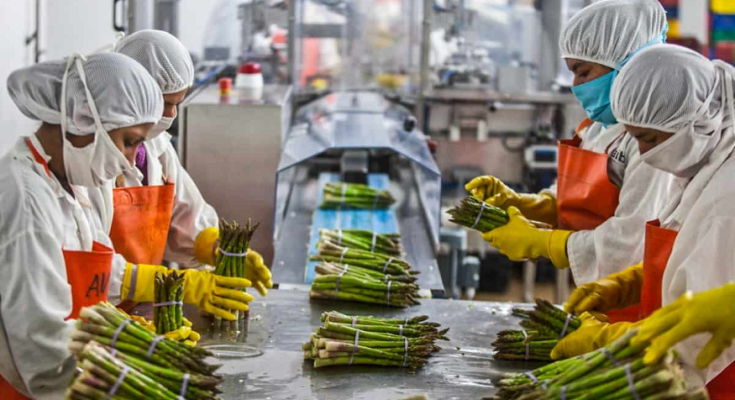Blending is an essential step in most manufacturing processes. It involves mixing materials in any state – solid, liquid, or viscous.
Using industrial blenders helps in mixing these materials to achieve the desired results. They are used in numerous sectors, including the chemical, food, pharmaceutical, and plastics industries.
Improved Product Quality
In large-scale manufacturing, components are mixed and blended using industrial blenders. Yet their procedure goes well beyond simple blending. Facilitating the chemical interaction between the ingredients involves many particular, regulated circumstances. These conditions include mixing duration, temperature, and speed.
It gives the product a unique consistency and texture that ordinary blenders cannot achieve. Chemical bonding also ensures that the ingredients are well-proportioned and melded together.
The blending process in the food processing industry is critical for the quality and efficiency of many different products.
Similarly, the blending of sauces is essential to their success. It is because it ensures the precise blending of carefully proportioned ingredients, which is facilitated by technological PLC control.
Reduced Waste
Food products, pharmaceutical medications, chemicals, cosmetics, and other items are prepared and stabilized using industrial blenders. For small-scale projects, they can be modest, and for long-term manufacturing runs, they can be enormous.
To find the right industrial blender for your business, consider how much blending power you need and whether or not your operation requires recipe programmability. Also, choose a blender container that will be durable enough for your daily production and use frequency.
A high-quality industrial blender can also help you cut down on waste. For example, some blenders have a programmable logic controller (PLC) that can adjust the blade speed, horsepower, and other parameters based on your end product’s specifications.
The shifting consumer preferences for food produced in a closed system is another factor driving the growth of the industrial ribbon blender market. This trend is fueled by the rising disposable incomes of people living in emerging nations and the increasing demand for convenience foods due to hectic lifestyles.
Increased Efficiency
Industrial blenders have transformed the food processing sector by enabling manufacturers to synthesize vast amounts of various ingredients quickly. It used to take a lengthy hand mix on a giant hot plate.
These specialized machines can mix various substances, from dry to highly viscous liquids and slurries. They can be programmed to create a specific consistency for numerous products, saving the manufacturer time and money.
They can also be adapted to meet specific sanitary requirements for a particular product. For example, a blender designed for hygienic applications may feature an integrated vessel cover with spray nozzles to add a solid phase to the liquid.
They are composed of motor-driven mixing blades, ribbons, impellers, or propellers. They can be single rotors, twin rotors, or rotor-stator drives.
Increased Profits
Blenders are designed to handle a wide variety of materials. For example, they can tolerate dry solids like coffee beans, mixes, spices, flour, tea powder, frozen foods, and more.
They can also mix dry ingredients in a liquid, which is helpful when making dressings and spreads. Industrial blenders have many different types of controls, from simple to complex.
These can include electronic touchpad controls, automatic timer controls, and more. They are ideal for small businesses that make many of the same products daily.
The market for industrial blenders is expected to grow in the future. A few factors drive this growth, including the rising demand for unique blenders that allow users to blend specialty ingredients and reduce production costs.
The food industry is snowballing, and people are increasingly using prepared foods. It is a significant factor driving the global food blenders and mixers market.




